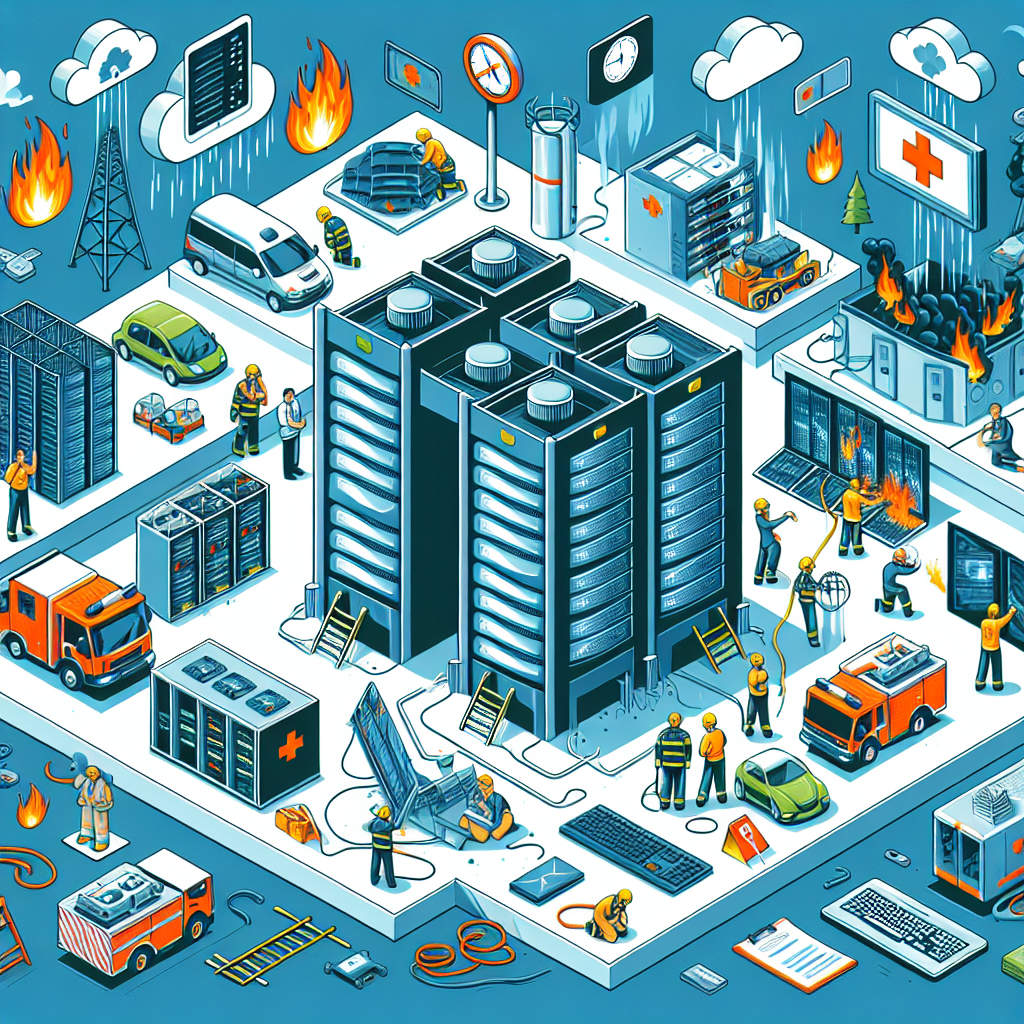Your cart is currently empty!
Data Center Safety: Key Considerations for Disaster Preparedness and Recovery

Data centers are the backbone of modern businesses, storing and processing vast amounts of critical data to keep operations running smoothly. With the increasing reliance on technology, ensuring the safety and security of data centers has become more important than ever. Disaster preparedness and recovery are essential components of data center safety, as any disruption to these facilities can have catastrophic consequences for businesses.
Key considerations for disaster preparedness in data centers include:
1. Risk assessment: Conducting a thorough risk assessment is the first step in disaster preparedness. Identify potential risks to your data center, such as natural disasters, power outages, and cyber-attacks, and develop mitigation strategies to address these risks.
2. Redundancy: Implementing redundancy in critical systems, such as power and cooling, is crucial for ensuring continuous operation in the event of a failure. Backup generators, uninterruptible power supplies (UPS), and redundant cooling systems can help minimize downtime and data loss.
3. Data backups: Regularly backing up data is essential for disaster recovery. Implement a robust backup strategy that includes offsite backups to protect against data loss in the event of a disaster.
4. Emergency response plan: Develop an emergency response plan that outlines procedures for responding to different types of disasters, such as fire, flooding, or cyber-attacks. Ensure that all staff are trained on the plan and conduct regular drills to test its effectiveness.
5. Physical security: Implementing strict physical security measures, such as access controls, surveillance cameras, and intrusion detection systems, can help prevent unauthorized access to the data center and protect against physical threats.
In addition to disaster preparedness, data center safety also involves effective recovery strategies to minimize downtime and data loss in the event of a disaster. Key considerations for disaster recovery in data centers include:
1. Business continuity planning: Develop a business continuity plan that outlines procedures for restoring operations in the event of a disaster. Identify critical functions and systems that must be restored first to minimize the impact on business operations.
2. Testing and validation: Regularly test and validate your disaster recovery plan to ensure that it is effective and can be implemented quickly in the event of a disaster. Conducting regular tests will help identify any weaknesses in the plan and allow for adjustments to be made.
3. Communication: Establish clear communication channels with key stakeholders, such as employees, customers, and vendors, to keep them informed during a disaster. Effective communication can help minimize confusion and ensure a coordinated response to the situation.
4. Post-disaster analysis: Conduct a post-disaster analysis to evaluate the effectiveness of your disaster recovery plan and identify any areas for improvement. Use this feedback to update and enhance your plan to better prepare for future disasters.
In conclusion, data center safety is a critical aspect of business operations, and disaster preparedness and recovery are key considerations for ensuring the security and continuity of data center operations. By implementing robust risk assessment, redundancy, backup, and recovery strategies, businesses can minimize the impact of disasters on their data centers and protect their critical data assets. Remember, it’s not a matter of if a disaster will strike, but when – so being prepared is essential for safeguarding your business’s future.

Leave a Reply